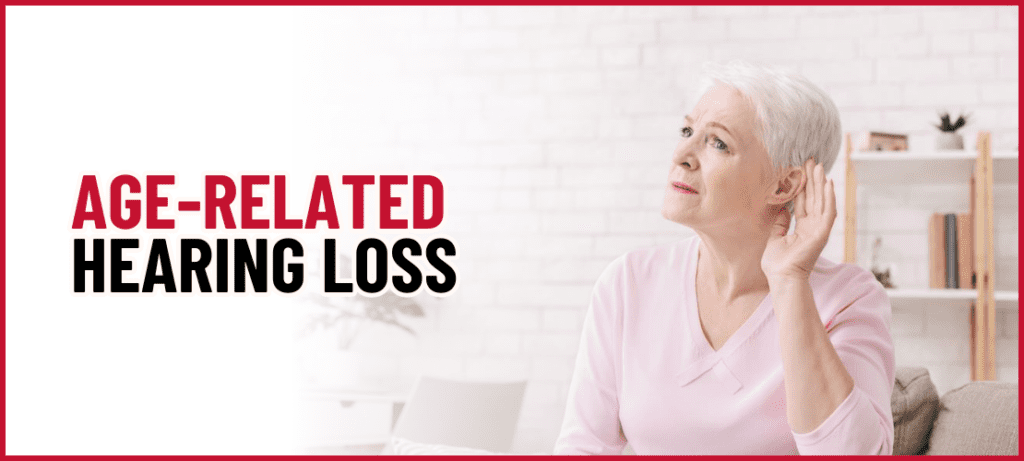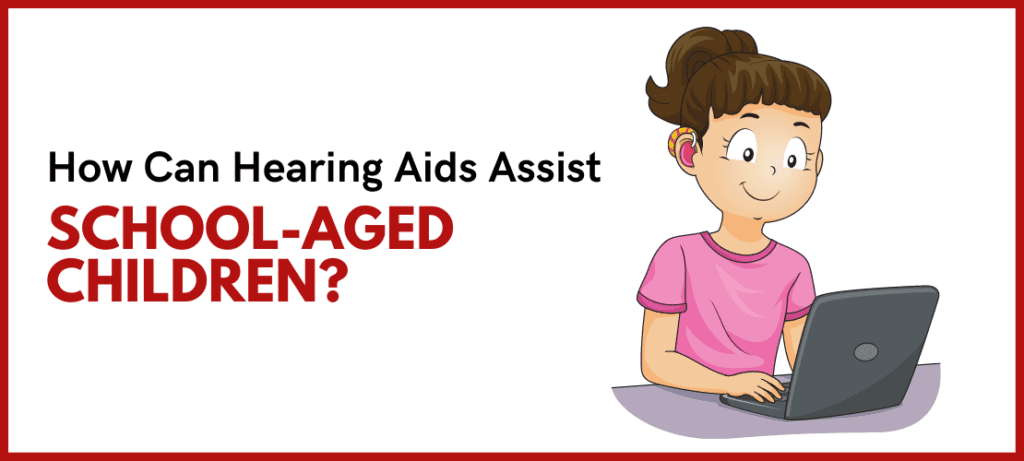Hearing Aids: A Sound Solution for Better Hearing
Table of Contents

Understanding Hearing Aids
What Are Hearing Aids?
Hearing Aid is an assistive listening device that helps to amplify the sound (speech) signal and also help to reduce the background.
How Do Hearing Aids Work?
Hearing aids have an intricate electronic circuitry that comprises of microphone/s, A/D converter, Digital signal processor (Amplifier), D/A converter, Receiver (Speaker), Battery (power source), user controls etc. The microphone/s pick up the environmental speech and noise signals and convert these into analog electrical signal. This is converted by the A/D converter into digital format which can be processed and amplified by the DSP as per the built in algorithms. The processed signal is then converted back from digital to analog by the D/A converter. The amplified analog signal is then converted back to sound by the receiver and presented into the ear canal of the user.
Choosing the Right Hearing Aid
No two hearing losses are similar. Therefore it is important to choose the hearing aid that is best suitable for your hearing loss and also take into account your lifestyle and communication requirements. The type and model of the hearing aid will be selected by the audiologist based on multiple factors such as hearing loss, speech discrimination, dexterity, mental agility, lifestyle, social and emotional needs, communication requirements etc.
Best Hearing Aids
Signia, Phonak, Widex, Oticon, Resound, Starkey, Bernafon, Philips are some of the well known international hearing aid brands available currently. Signia (formerly known as Siemens Hearing Instruments) has a history of over 140 years in the hearing aid industry and was the pioneer for hearing aid technology.
Hearing Aid Fitting
Hearing aid fitting is a scientific process wherein the audiologist takes into consideration various factors such as hearing loss, dexterity, emotional social and communication needs, lifestyle of the user etc before deciding on the type and model suitable.
Healing aid fitting is done using sophisticated PC/software (Connexx/NoaH etc.) using a Programming Interface such as HiPro/Noahlink to connect with the hearing aids. The hearing aids are programmed according to the hearing loss based on standardised prescription gain rules and algorithms to provide optimum amplification to the user.
Different types of hearing aids require some habituation for the user to get accustomed and fitting of hearing aid usually requires 2-3 sessions to arrive at the best hearing settings.
Hearing Aid Fitting
Accessories play an important role to enhance the performance and user satisfaction with the hearing aids. There are many accessories available which can be used as standard or optional accessories depending on the specific requirements of the user
For users who require to hear better in court rooms for instance Roger from Phonak is an excellent accessory for such difficult to hear situation.
Roger from Phonak is an intelligent wireless technology that transmits speech directly to hearing aids and cochlear implants, helping to overcome distance and noise. Functioning like a third ear, Roger allows people with hearing loss to learn, work and socialise more easily—a big step towards more inclusive societies and greater personal well-being.
Other Bluetooth devices, TV streamers, battery chargers, electronic dehumidifiers etc form a gamut of accessories that could be useful depending on the user needs.
Finding Hearing Aid Services
Quality Hearing Care at Vile Parle and Andheri Lokhandwala is your one stop solution provider for all kinds of Hearing aid solution services. From trial and fitting of a new hearing aid to programming / adjustments of existing hearing aids, Quality Hearing Care is the leading service provider in Mumbai.
Conclusion
In this comprehensive guide, we’ve delved into the world of hearing aids, helping you understand what they are and how they work. Hearing aids are invaluable assistive listening devices designed to amplify speech while minimizing background noise, making it easier for those with hearing loss to connect with the world around them.
Related Post
-
 Hearing Loss: Types, Symptoms, Causes & Treatment
Hearing Loss: Types, Symptoms, Causes & Treatment -
 Age-Related Hearing Loss (Presbycusis)
Age-Related Hearing Loss (Presbycusis) -
 How to Safely and Properly Clean Your Ears- Methods & What to Avoid
How to Safely and Properly Clean Your Ears- Methods & What to Avoid -
 Hearing Aids- Benefits, Different Styles/Types and How They Work
Hearing Aids- Benefits, Different Styles/Types and How They Work -
 What Level Of Hearing Loss Requires A Hearing Aid?
What Level Of Hearing Loss Requires A Hearing Aid? -
 Differences Between Conductive and Sensorineural Hearing Loss
Differences Between Conductive and Sensorineural Hearing Loss -
 When is the correct time to upgrade Hearing Aids?
When is the correct time to upgrade Hearing Aids? -
 How Can Hearing Aids Assist School Aged Children?
How Can Hearing Aids Assist School Aged Children? -
 The Impact of Hearing Loss on Cognition
The Impact of Hearing Loss on Cognition -
 Hearing Resides in Your Brain, Not Just Your Ears
Hearing Resides in Your Brain, Not Just Your Ears -
 Exploring Link Between Hearing Loss and Depression_ Breaking the Silence
Exploring Link Between Hearing Loss and Depression_ Breaking the Silence -
 New Hearing Aids? Here’s How To Make The Most Of The Device
New Hearing Aids? Here’s How To Make The Most Of The Device -
 The Unseen Link Between Diabetes and Hearing Loss
The Unseen Link Between Diabetes and Hearing Loss -
 Prevention of Noise-Induced Hearing Loss In Young Adults
Prevention of Noise-Induced Hearing Loss In Young Adults -
 Embarking on the Search for the Right Hearing Aid
Embarking on the Search for the Right Hearing Aid
















